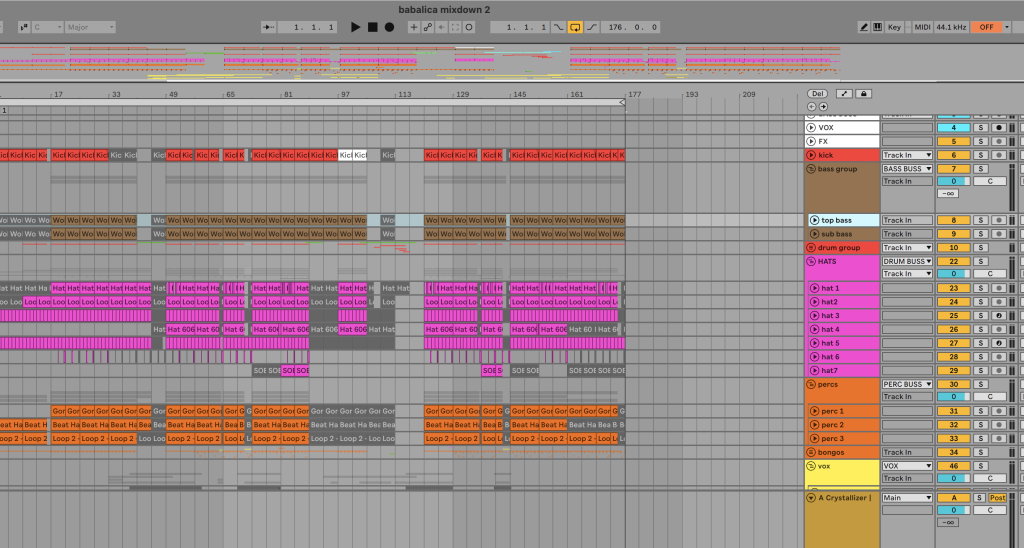Danner (US) brings a sharp sense of groove and rhythm to his new single Babalica, out now on Sacha Robotti’s Sloth Acid label. The track builds around a thick, rolling bassline and stripped percussion that feels built for dark, late-night floors. It’s straightforward in structure but loaded with texture, relying on small shifts in tone and saturation to keep the energy moving.
The New Jersey producer has spent the last few years refining his sound across labels like Desert Hearts, Coco, Issues, and Rawthentic. His work has found regular support from names such as Sosa, Detlef, and Solardo, and that consistency shows in how dialed-in his mixes have become. Babalica lands right in the middle of that evolution, leaning into the warm, tactile side of tech house while keeping a tight grip on the groove.
For this How It Was Made feature, Danner breaks down the tools and plugins that shaped the track, from the weight of Wolsa Bass to the grit of Devastor and the precision of Arturia’s EFX. His process highlights a practical approach to sound design where less processing and cleaner decisions translate directly to stronger, more playable records.
Wolsa Bass
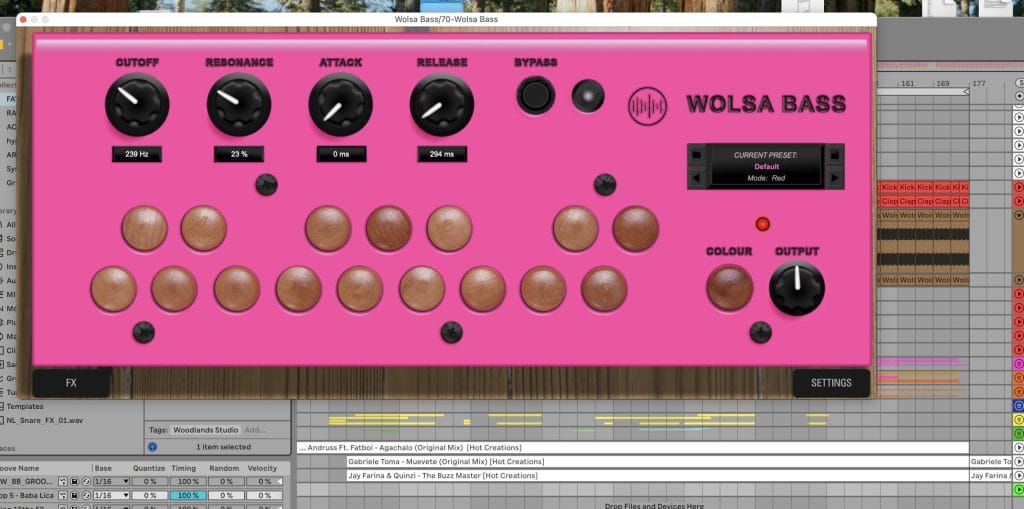
Wolsa is my go-to synth for bass. It’s super simple to work with, gives great warm sounds, and I tend to be able to create the bass sound I want instantly with it.
On Babalica I simply used the sine wave, added a sub layer to it, and saturated it aggressively. I used JJP’s Bass plugin for the saturation. Other than filtering down the high end using Pro-Q3, there isn’t much else to the bass. I simply high-pass it during breaks.
If you’re in the minimal or tech world and you’re not using Wolsa, I’d highly recommend giving it a look. It’s simple and clean to use. There’s a ton of good presets in there that don’t need much tinkering, and I personally like using the square or sine waves and then crafting my sounds using EQ and saturation. With this style of tech, I find that the simpler things are, the better off you are, and Wolsa fits that perfectly.
Devastor
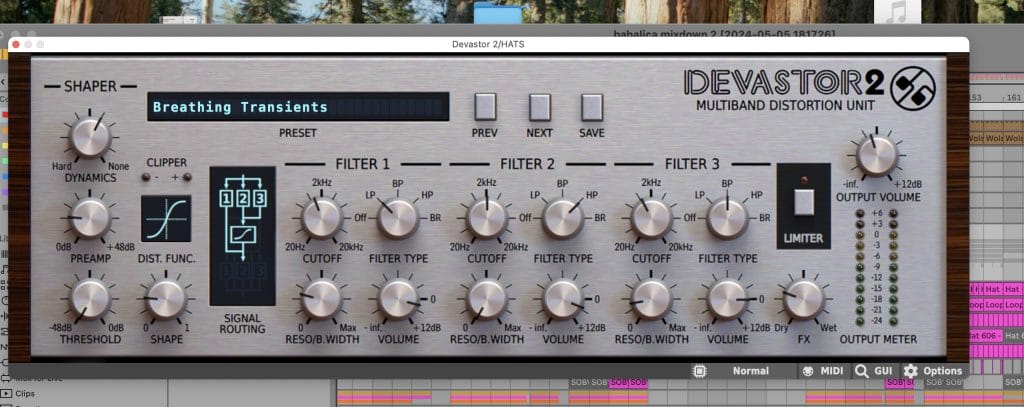
Devastor is a saturation plugin that I use on just about all of my records. I don’t think many people use it or are aware of it. I have a bunch of presets that I love for certain elements.
On Babalica I used the Breathing Transients preset for my hats. I find that it really helps put the hats in their own space even though they are quite simplistic. I don’t change too much on the preset itself aside from adjusting the wet/dry mix and finding where it sounds best by ear.
I like trying to use plugins that other producers aren’t. It’s an easy way to make your records stand out in a subtle way, and Devastor is a great example of that.
Little Alter Boy
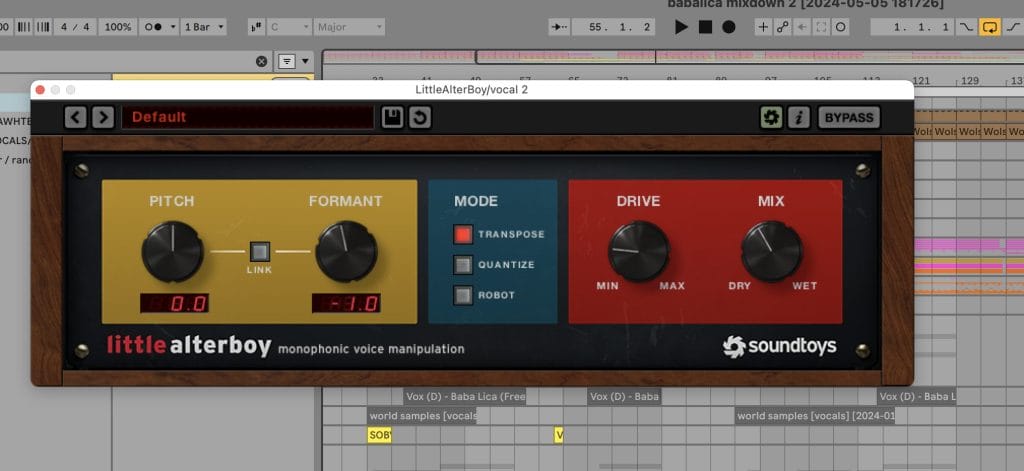
Another go-to plugin for me. I used Little Alter Boy on the vocals for the record. This plugin is great for pitching and getting some funky tones out of vocals and synths.
The vocal for Babalica isn’t processed too much. I brought the formant down to -1 on Little Alter Boy for all the different vocal bits.
Little Alter Boy is, in my opinion, a must-have plugin. It’s simple, easy to work with, and powerful. You can make your vocals sound really unique simply by experimenting with the formants and drive.
Arturia EFX
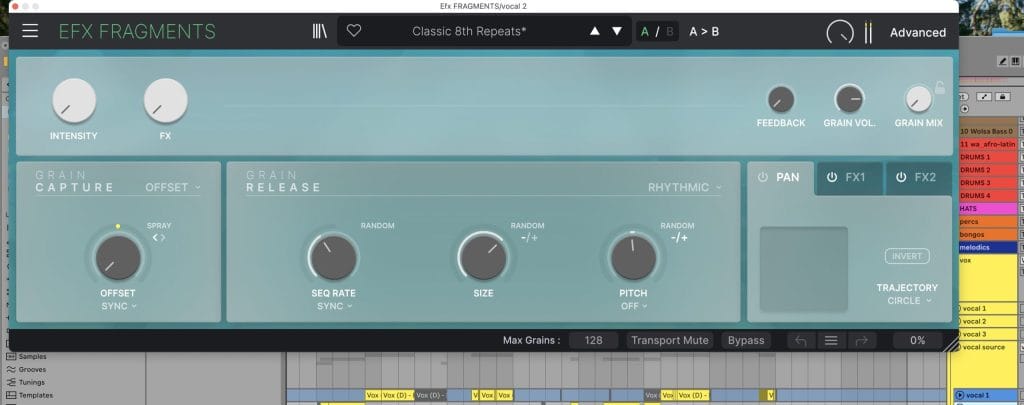
This plugin is my secret weapon. I use it on every record in some way. It’s a powerful effects box that can help create really unique textures.
On Babalica I used it very subtly on some of the vocals and in the main break. This plugin can easily dominate a mix if you let it, so I like to go the opposite direction and be delicate with it. My mentality for this record was to use EFX to get one percent extra out of the vocals when needed.
Arturia EFX can make wild sounds, but with the kind of music I make, less is more. I’ll use it selectively in a break or automate it into a vocal to enhance what’s already there. It’s an incredible plugin for subtle movement and polish.
Quick Fire Tips for Making This Genre
Tip #1: Keep it simple. Less is more.
Tip #2: Sound choice and reference tracks are key.
Tip #3: Think outside the box—don’t copy a popular sound.
Tip #4: Perfect mixes sound like trash. Keep it punk rock.
Tip #5: Try new things. Try new sounds.
The post How It Was Made: Danner (US) – Babalica (Sloth Acid – Tech House) appeared first on Magnetic Magazine.






